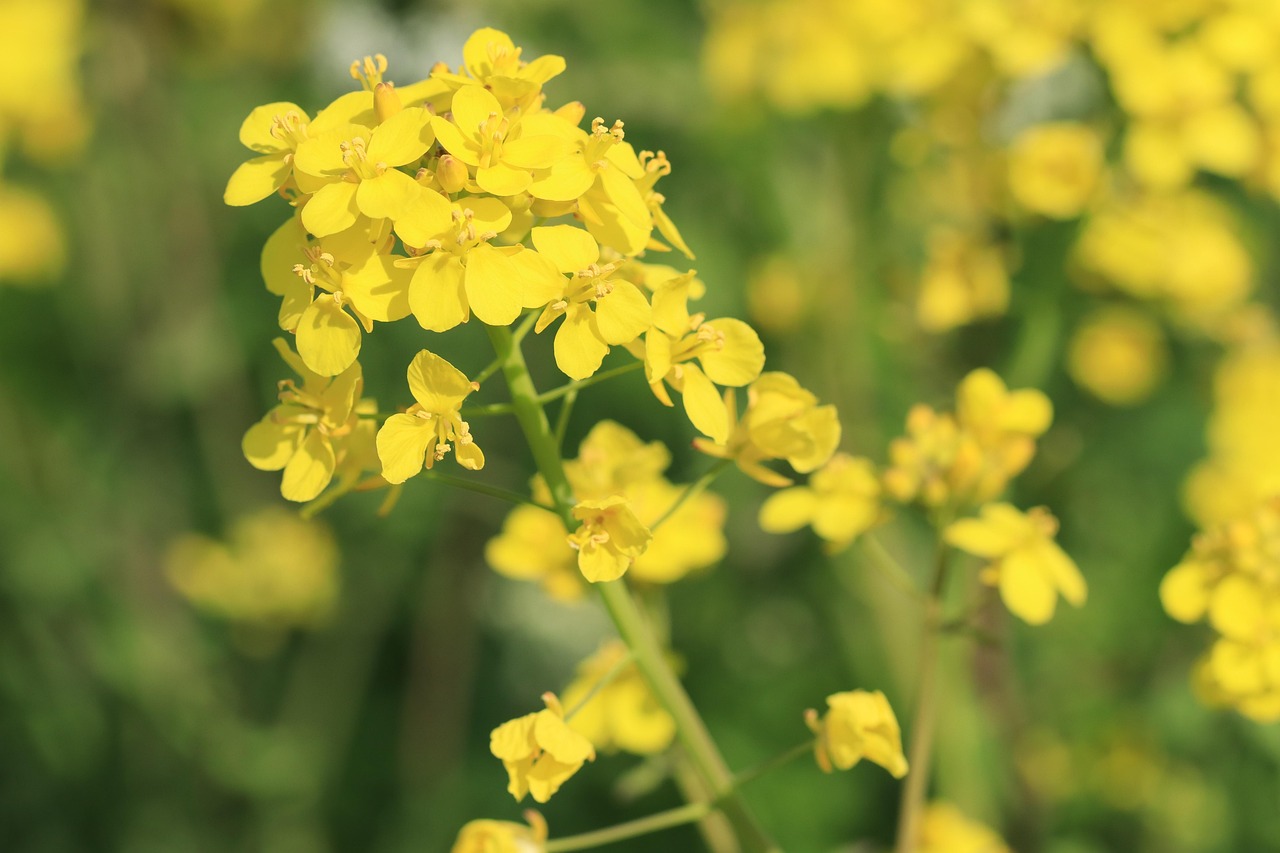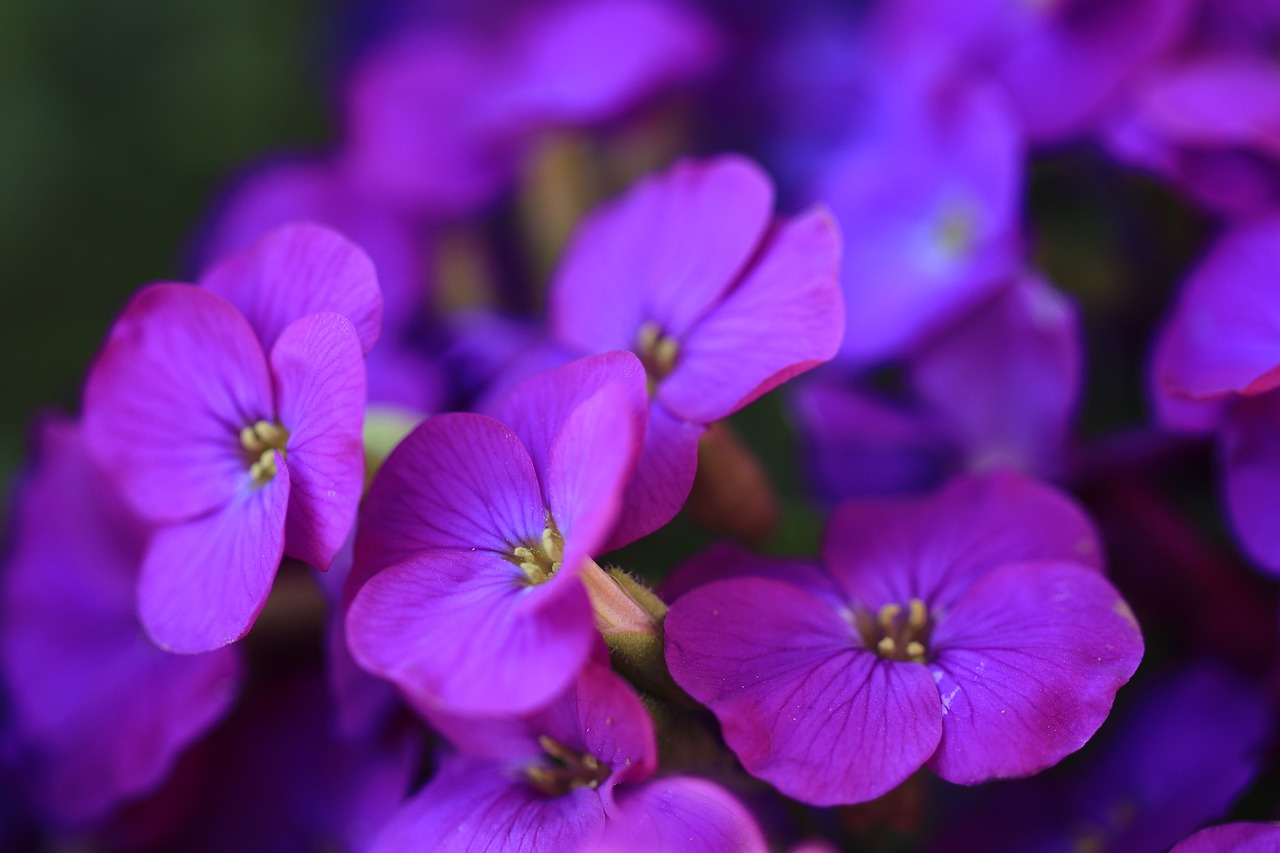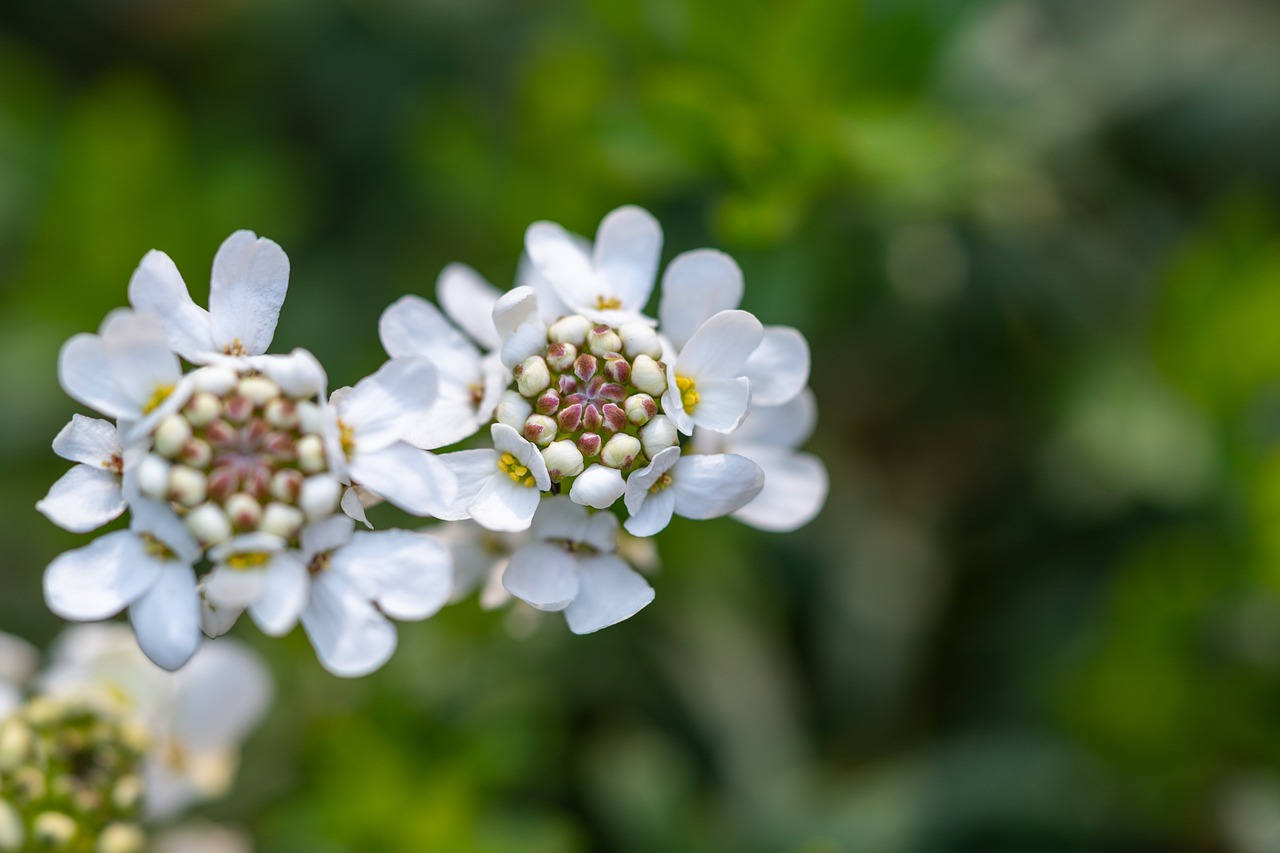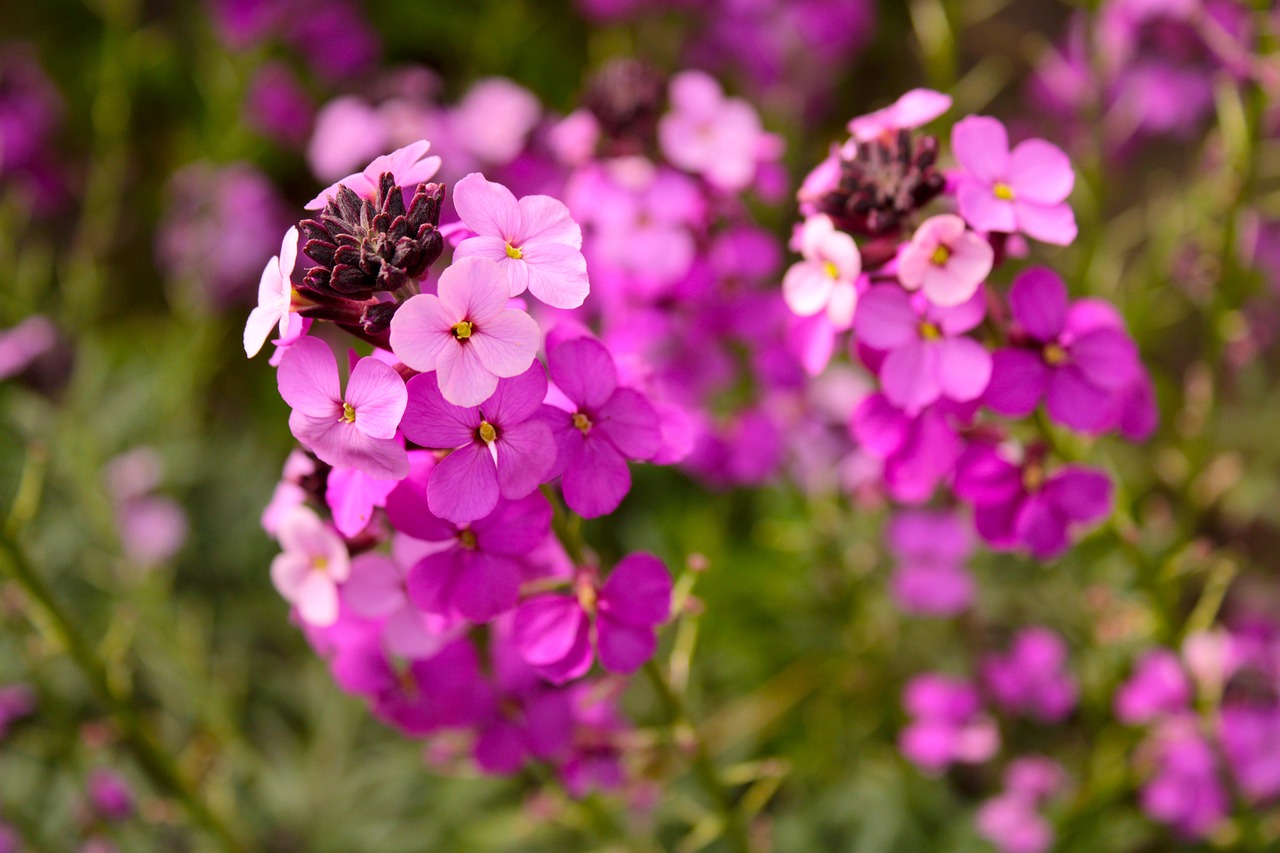Cuckoo Flower: Features and Care
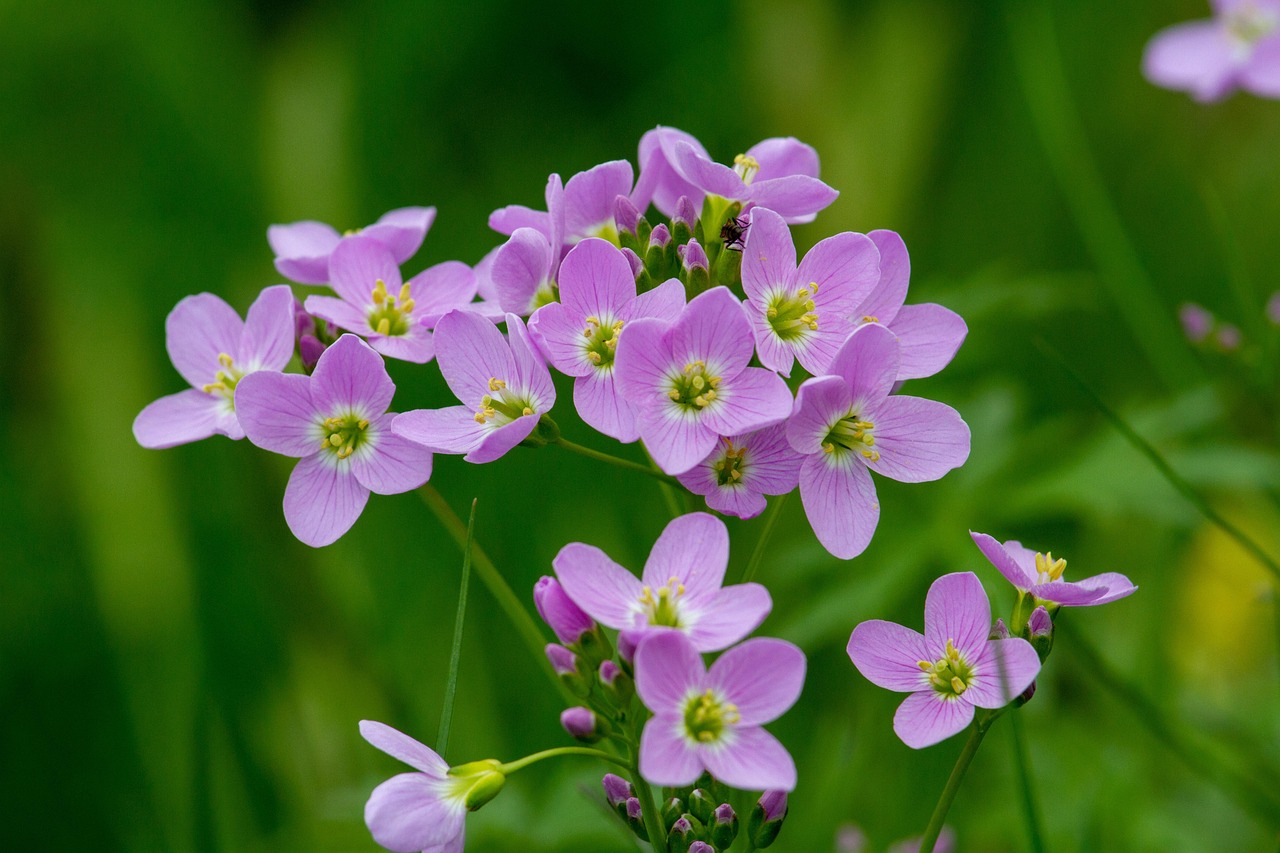
Cardamine pratensis, commonly known as Cuckoo Flower, is a perennial plant in the Brassicaceae family. In early spring, it blooms gracefully along wetlands and riversides. In Japan, it grows naturally in fields and is seen as a sign of spring’s arrival. In Europe and other regions, however, the plant has long been familiar through folklore and poetry, symbolizing the changing seasons.
This article explores the characteristics, cultural and historical background, and care instructions for Cardamine pratensis.
Basic Information
- Scientific name: Cardamine pratensis
- Family: Brassicaceae
- Origin: Europe, Western Asia, North Africa
- Appearance: The plant grows to a height of 30–60 cm, with upright, slender stems that bear small four-petaled flowers. The flower colors include pale violet, pink, and white, creating a delicate presence in natural landscapes. The leaves form a rosette at the base and are pinnately divided.
- Blooming season: Spring (April to June)
Cultural Significance Around the World
In Europe, Cardamine pratensis is widely known as “Cuckoo Flower” or “Lady’s Smock,” and has become symbolic of spring. In the United Kingdom, it is said to bloom around the time the cuckoo first sings, giving rise to its common name. In rural traditions, it is an important flower in spring festivals and nature observation events, marking seasonal changes. In some areas of Germany and the Nordic countries, it is considered one of the key wildflowers decorating spring fields.
The name “Lady’s Smock” may refer to the flower’s delicate shape and color, resembling fine undergarments, reflecting medieval rural imagery. In some regions, the flower has been used in May Day celebrations as part of garlands and decorations, playing a role in customs that celebrate the changing seasons. In Ireland and Scotland, picking this flower has sometimes been considered part of seasonal rituals that strengthen the connection between people and nature.
Historical Background
Cardamine pratensis appears in early European herbals and was recorded as a plant of wetlands and riversides. In England, it became widely recognized from the 16th and 17th centuries, appearing in poetry and pastoral prose as a flower symbolizing harmony between human life and nature. William Shakespeare also used the term “Lady’s Smock” in his works, indicating its role in depicting spring landscapes.
In the Victorian era, flower symbolism gained popularity through floral dictionaries. At that time, Cardamine pratensiswas associated with meanings such as “modesty” and “gentle affection.” These associations increased its appeal for ornamental gardens, and some horticulturists began incorporating it into moist garden designs that replicated natural settings.
Gardening Advice
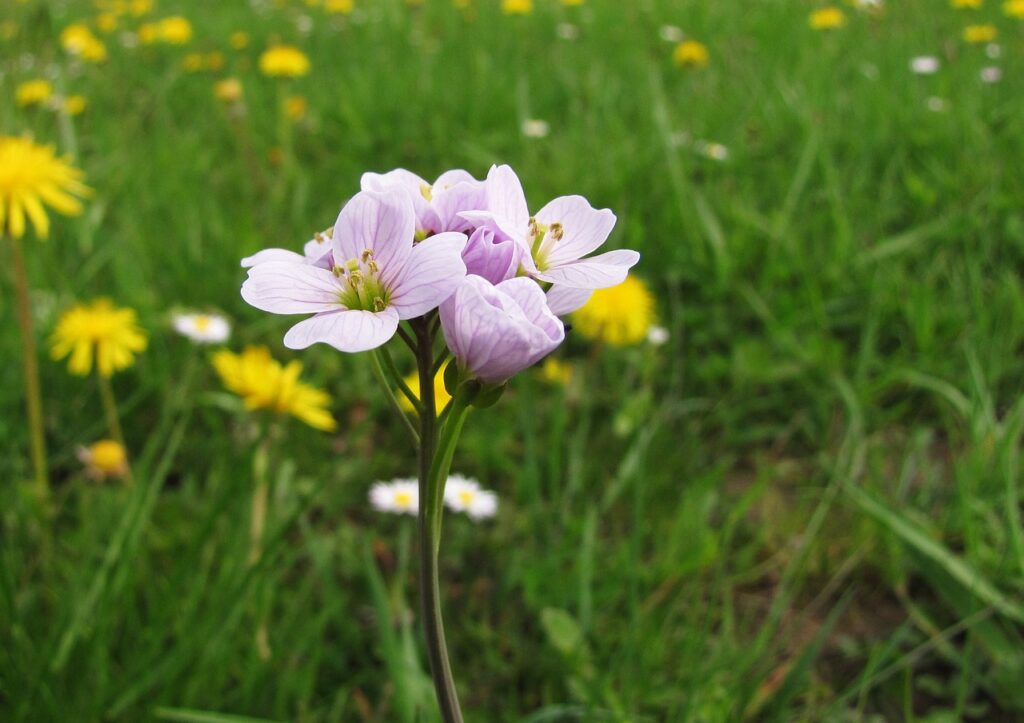
This plant grows best in natural-like, moist environments. Please refer to the following points to support healthy growth:
Sunlight
Prefers partial to light shade. Avoid strong direct sunlight, which may scorch the leaves. Ideal locations include dappled shade under trees.
Watering
Keep the soil consistently moist, especially during the growing season from spring to early summer. Avoid excessive watering.
Soil
Requires well-drained but moisture-retentive soil. Mixing in leaf mold or peat moss helps maintain humidity while preventing root rot.
Fertilizer
Minimal fertilization is sufficient. Apply a slow-release fertilizer in spring if necessary, and avoid over-fertilizing.
Planting
Plant in spring or autumn. Suited to wet areas, such as near water features or in low ground.
Overwintering
Cold hardy and can overwinter outdoors. The plant goes dormant in winter but regrows in spring.
Conclusion
Cuckoo Flower is a perennial plant long cherished in Europe as a symbol of seasonal transition. Appearing in poetry and folklore, it has influenced gardening and regional customs for centuries.
Its delicate flowers and affinity for wetlands make it a favored addition to naturalistic gardens. Creating an environment with suitable shade and moisture is essential for successful cultivation.

